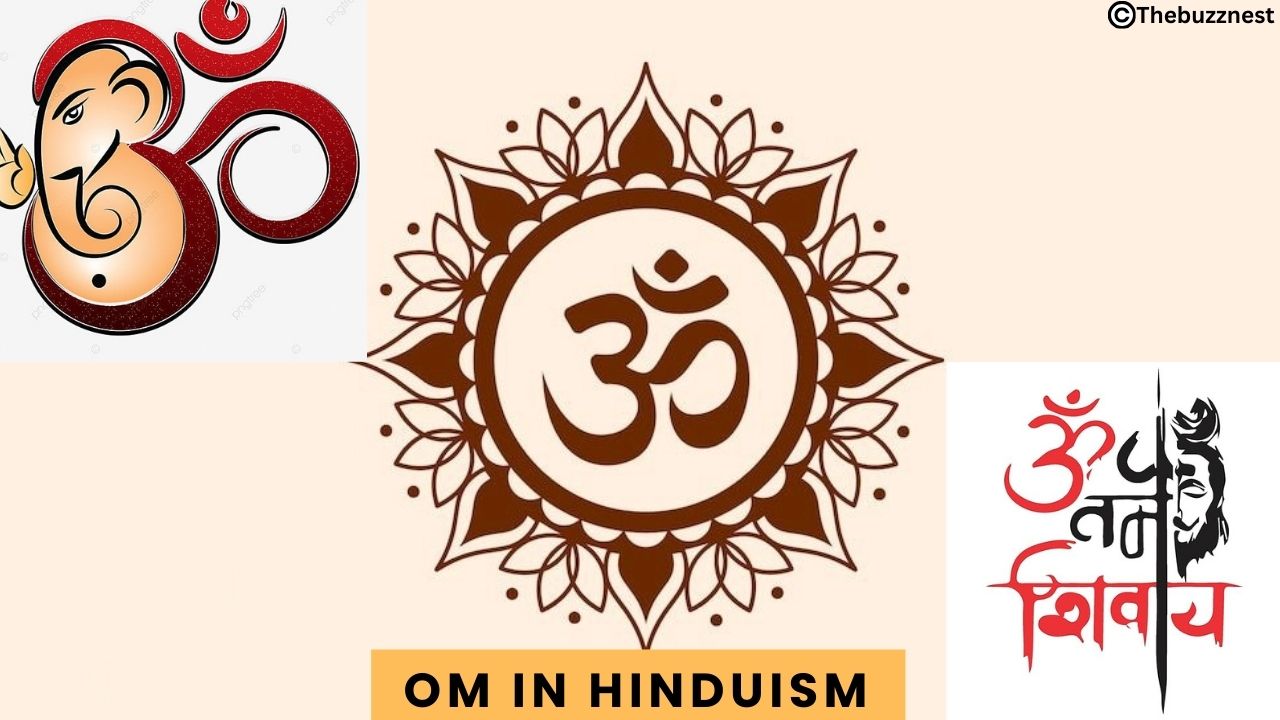Have you ever felt the vibration of a single sound resonating through your entire being? Meet “Om,” a sound and symbol that’s one of the most sacred and significant across various spiritual traditions. In Hinduism, Buddhism, and Jainism, “Om” isn’t just a sound; it’s a deeply symbolic and powerful mantra used in meditation, prayer, and yoga. But what does “Om” really mean? Let’s embark on a journey to uncover its profound significance, its rich cultural heritage, and the diverse ways it’s woven into spiritual practices around the world.
The Om Symbol
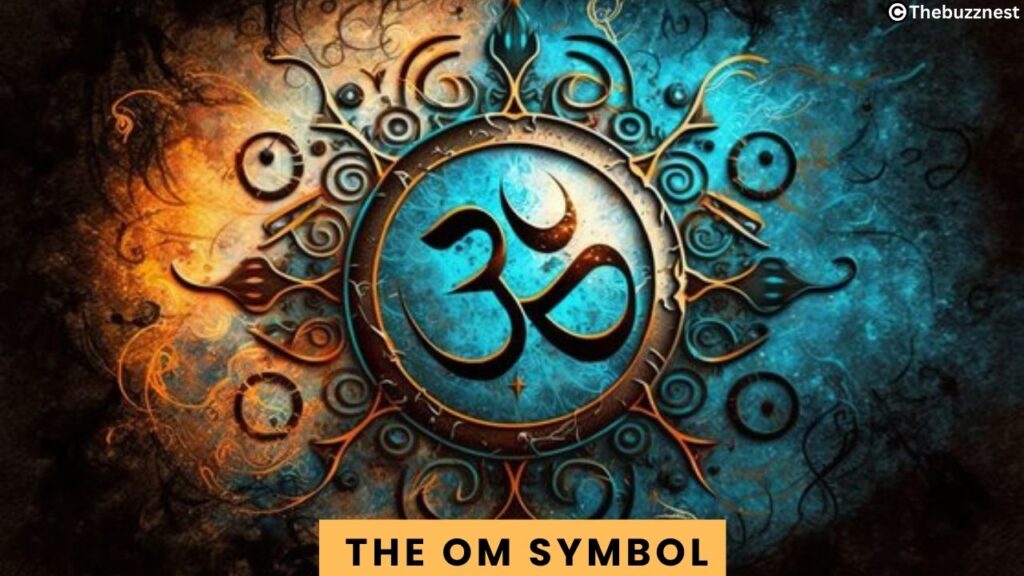
The Om symbol is instantly recognizable as it is well known and holds really deep spiritual meaning. It consists of three curves, a semicircle, and a dot. Each part of the symbol has a distinct meaning:
- The Lower Curve: This represents the waking state, where our consciousness is turned outward through the gates of the senses.
- The Middle Curve: This signifies the dream state, where our consciousness is turned inward.
- The Upper Curve: This stands for the state of deep sleep, where the mind is at rest with no desires or dreams.
- The Dot: This represents the fourth state of consciousness, known as “Turiya.” It is a state of pure consciousness, bliss, and ultimate reality.
- The Semicircle: This separates the dot from the rest of the symbol and signifies that the state of Turiya is not affected by the ordinary states of consciousness.
The symbol, therefore, encapsulates the entire spectrum of consciousness and the universe.
The Power
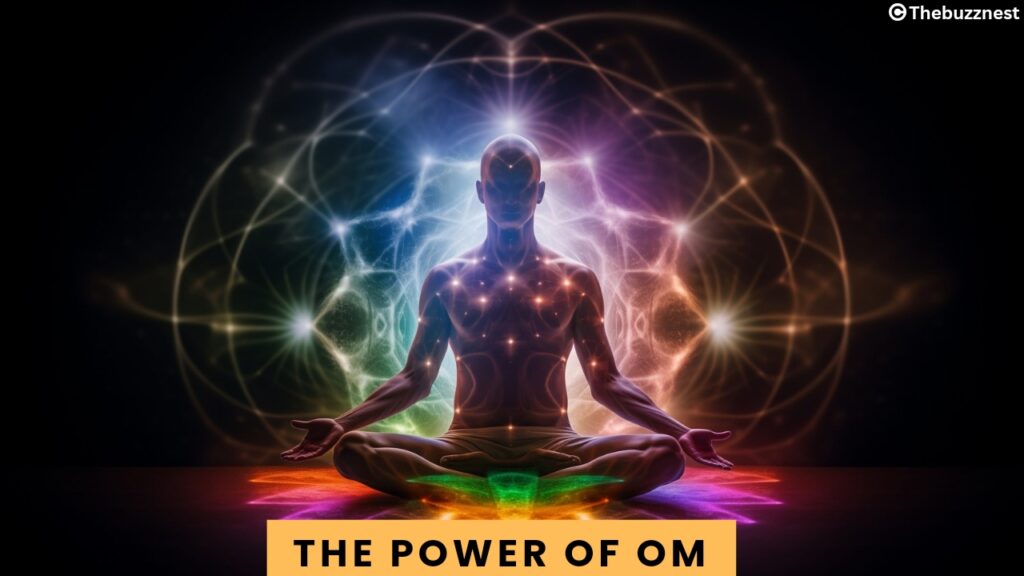
The power of Om lies in its sound. It is considered the primordial sound of the universe, encompassing all other sounds. Chanting It is believed to connect us with the universe and the divine.
- Vibration: When chanted, “Om” produces a powerful vibration that resonates within both the body and mind, creating a profound sense of peace and unity. This sacred sound begins deep within the vocal cords, travels through the throat, and finally escapes from the mouth, releasing its energy into the world. This journey of sound through the body is believed to harmonize and balance the different aspects of our existence, making us feel more connected and centered.
- Breathing: Chanting Om involves controlled breathing, which helps to calm the mind and reduce stress. The rhythmic chanting can induce a meditative state, allowing practitioners to enter a deeper level of consciousness.
- Mental Focus: Om helps to focus the mind. The repetitive nature of the chant allows individuals to concentrate, pushing away distracting thoughts and achieving a state of mental clarity.
Om in Yoga
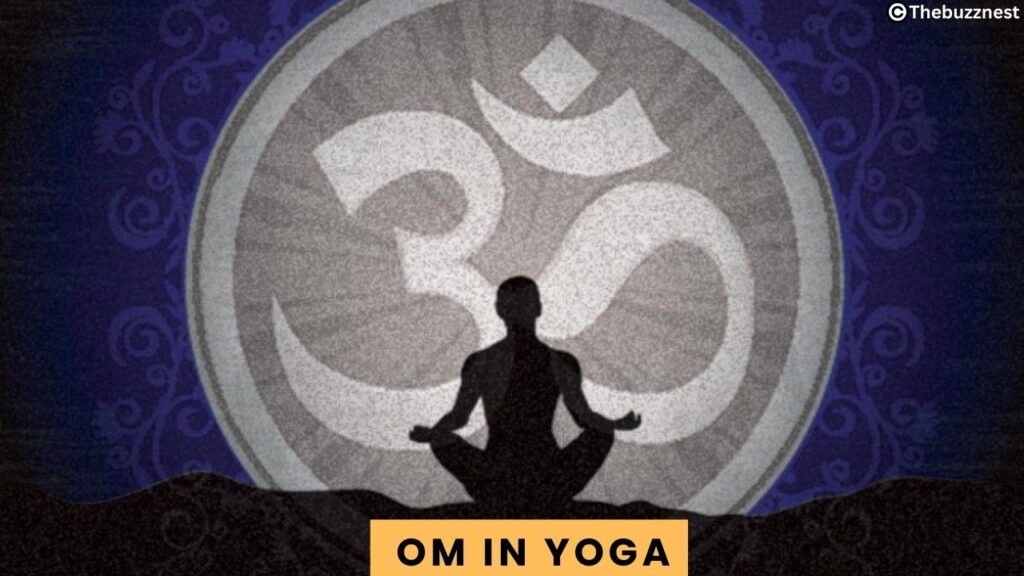
In the practice of yoga, Om is often chanted at the beginning and end of a session. It serves multiple purposes:
- Centering: Chanting Om at the start of a yoga practice helps to center the mind and prepare the body for the physical and mental discipline ahead.
- Alignment: The vibration of Om aligns the practitioner’s energy with the universal energy, creating a sense of harmony and balance.
- Closure: Ending a yoga session with Om brings the practice to a mindful and peaceful conclusion, sealing the benefits of the session.
The Science of Om
Scientific studies have shown that chanting Om can have significant benefits on the brain and body:
- Brain Activity: Research using brain imaging techniques has shown that chanting Om activates the areas of the brain associated with calmness and relaxation. It decreases activity in the limbic system, the part of the brain responsible for stress and emotions.
- Respiratory System: The controlled breathing involved in chanting Om improves respiratory function and can reduce the symptoms of anxiety and depression.
- Heart Rate: Chanting Om has been found to lower heart rate and blood pressure, promoting cardiovascular health.
Are there any potential side effects of salicylic acid? How long will it take to see results? Can I incorporate into my daily routine? Well, to answer all your questions, we are here with this article.
Cultural Respect of Om
Om is a sacred symbol and sound, deeply embedded in the cultural and spiritual fabric of many traditions. It is essential to approach it with respect and understanding:
- Cultural Sensitivity: When using it in practices like yoga or meditation, it’s important to be aware of its cultural significance and not to appropriate it in a way that disrespects its origins.
- Educational Context: Learning about the meaning and significance of this sound can deepen one’s appreciation and practice, making it a more meaningful experience.
- Mindful Usage: Whether chanting Om or wearing it as a symbol, doing so mindfully and with respect honors the traditions that hold it sacred.
Hinduism
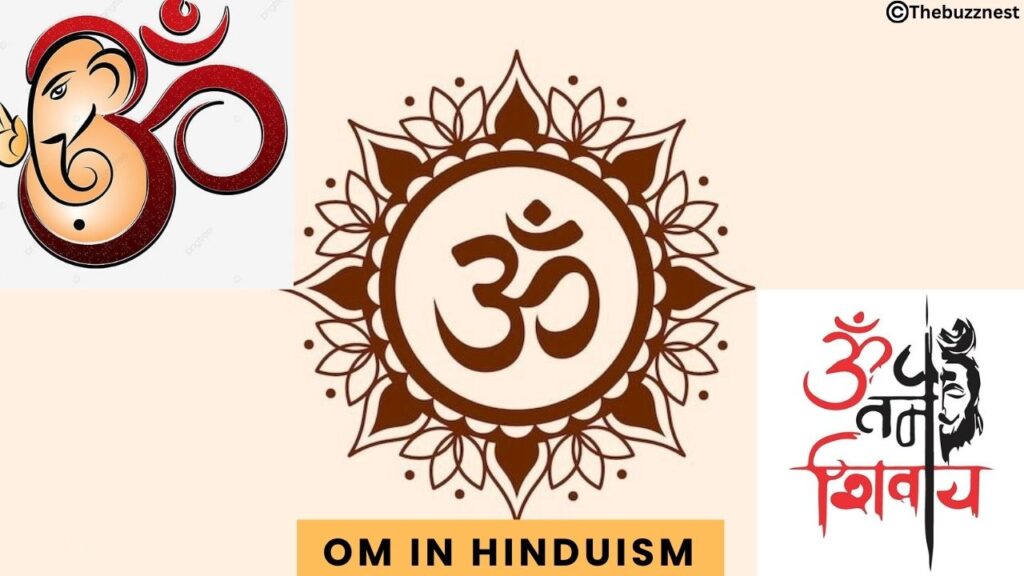
In Hinduism, Om is the fundamental sound of the universe and is present at the beginning of most sacred texts:
- Creation: According to Hindu belief, Om is the sound from which the universe was created. It represents the essence of the ultimate reality, or Brahman.
- Mantras: Om is often the starting syllable of many mantras. It is considered the highest of all mantras and is used to begin prayers, meditations, and rituals.
- Chakras: In the context of chakras, Om is associated with the Ajna (third eye) chakra and the Sahasrara (crown) chakra, representing intuition and connection to the divine.
Buddhism
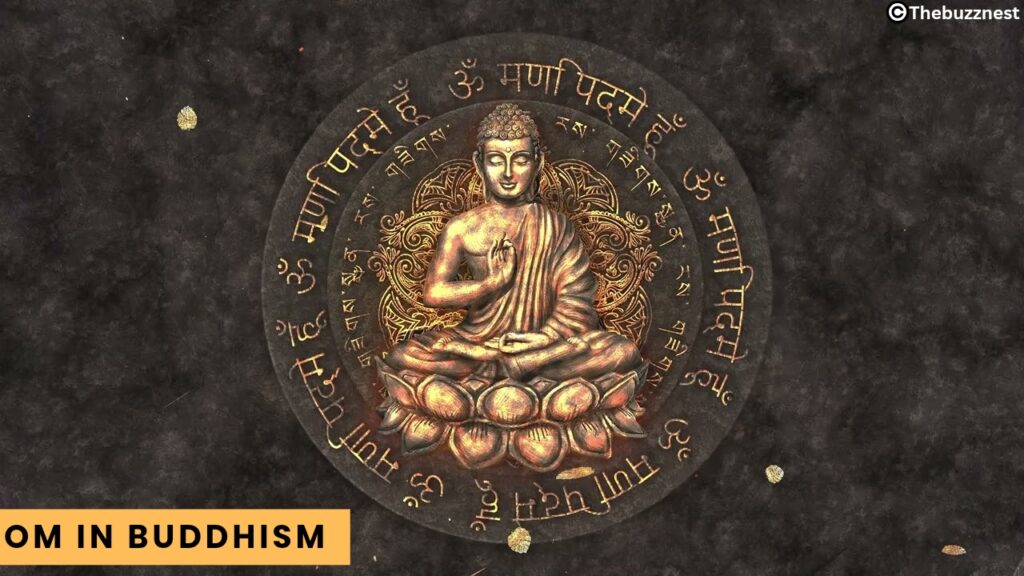
In Buddhism, Om is also a sacred sound and symbol. It is often part of longer chants and mantras:
- Om Mani Padme Hum: One of the most famous Buddhist mantras, it translates to “The jewel is in the lotus.” This mantra is believed to embody compassion and invoke the blessings of Chenrezig, the embodiment of compassion.
- Meditative Practice: Buddhists use it in their meditative practices to cultivate mindfulness, compassion, and a connection to the deeper nature of reality.
Jainism

Aanother ancient Indian religion is Jainism and it also regards Om as a sacred sound. Significance of it in Jainism is showed in a very true and auspicious manner.
- Namokar Mantra: The Namokar Mantra is the primary prayer in Jainism. It begins with Om. It is used to show reverence to the Panch Parmeshthi, the five supreme beings in Jainism.
- Spiritual Liberation: In Jainism it is a representation of the five supreme beings. It is also a means to achieve spiritual awakening and liberation.
Sikhism
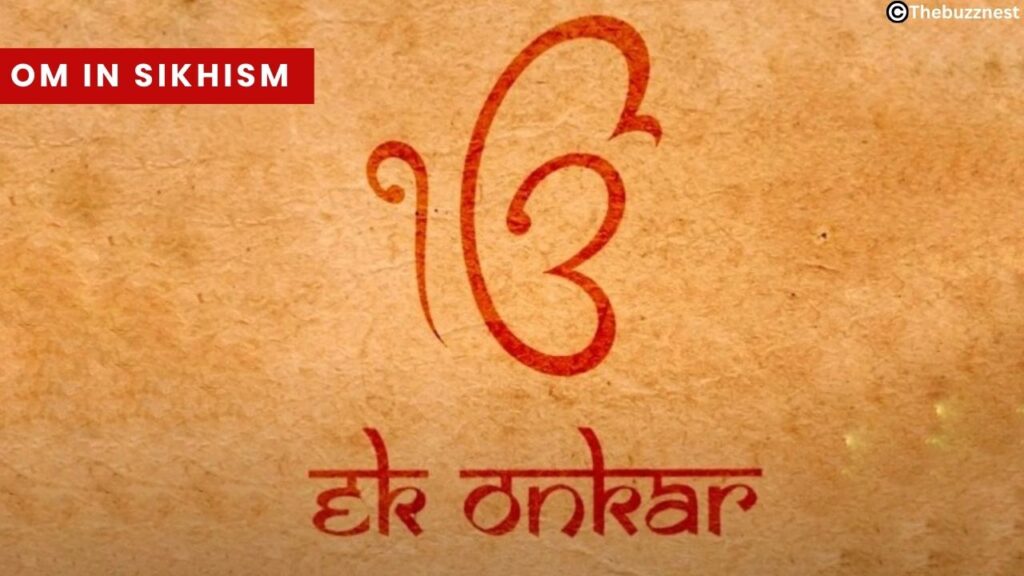
While not as central as in Hinduism, Buddhism, or Jainism, Om has significance in Sikhism as well. It shares a part of some important aspects of the religion.
- Ik Onkar: The phrase “Ik Onkar” (One God) in Sikhism starts with a stylized version of Om, symbolizing the oneness of God and the universe.
- Unity: It represents the belief in one eternal truth and the unity of all creation.
The Universal Appeal
Many people around the world, irrespective of their cultural or religious backgrounds, use Om in their meditation and yoga practices. For many around the world it symbolizes peace, tranquility, and the interconnectedness of all life.
You can not be unamazed by its beauty and spiritual aura. Let us take you on a journey through the wonders of Badrinath Dham.
Om is more than just a sound or a symbol. It embodies the essence of the universe, connecting all beings and uniting mind, body, and spirit. Whether chanted during meditation, practiced in yoga, or embraced in spiritual rituals, It has the power to bring peace, clarity, and a profound sense of connection. By appreciating its significance, we can weave this sacred mantra into our lives with meaning and respect.

